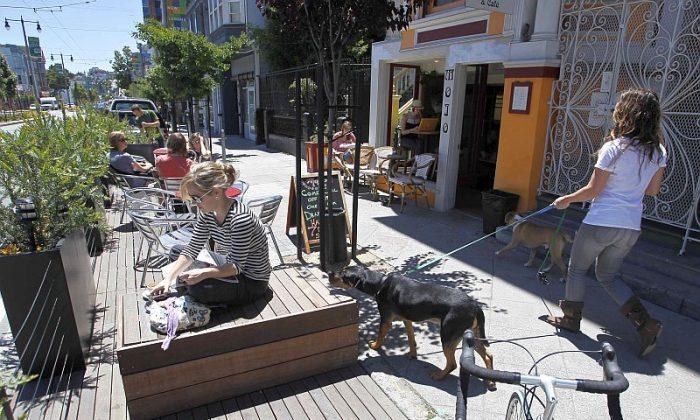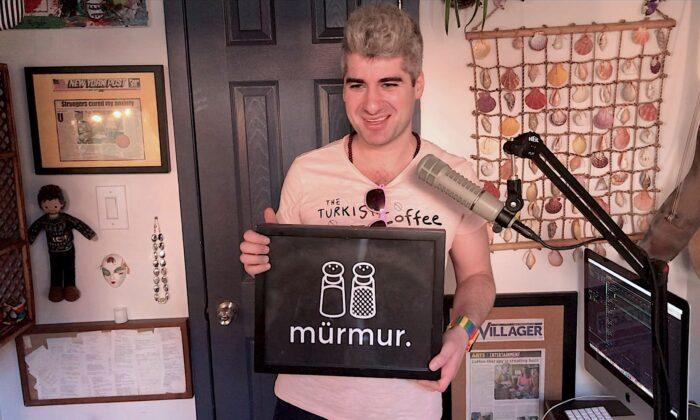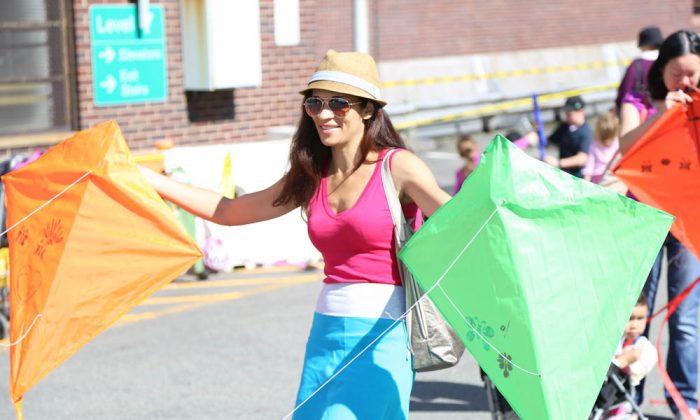The San Francisco-born innovation of parklets has spread around the country and world in just a few years. At home though, the mini open spaces have not yet benefitted all residents, still being concentrated largely in a few districts. This is soon to change.
Parklets are a new form of open public space. The model of creating mini-parks out of parking spaces has been shown to make neighborhoods safer for pedestrians, more beautiful and engaging, and boost the local economy.
Since 2010, when the world’s first parklet was created, these mini parks have proliferated quickly around the city, numbering now almost 40. Fifteen more will be completed soon, and 35 are in the application process.
“We are seeing tremendous demand,” said Paul Chasan, parklet project manager from the Planning Department at a hearing on parklets at the Land Use and Economic Development Committee Monday.
Parklets only happen when a business or organization adjacent to an on-street parking space takes the initiative. It needs to come up with the funding—about $20,000 to $30,000—a design for the new space, and to ensure ongoing maintenance.
City agencies like the Department of Public Works, Planning Commission, and Municipal Transportation Agency work with the parklet applicants to meet building code and safety requirements and approve designs.
Parklets range in size from one parking space to a whole block, and display unique designs and elements according to the needs of the community, such as greenery, public art, and street furniture. The touted advantage of this model is to create accessible open space directly in the neighborhood in a relatively short time and for relatively little cost.
Until now, parklets have spread unevenly around the city. While there are eight spaces in District five and six, District one and seven have none yet, according to SF Beautiful, a group that has been conducting a socio-economic study on parklets.
Supervisor Jane Kim pointed out at the hearing that many low-income neighborhoods, especially, lack open spaces, while also suffering from high-pedestrian fatality—for example, 6th Street in the South-of-Market neighborhood, part of Kim’s district.
When Kim suggested to residents at a recent 6th Street improvement plan meeting to replace parking slots with parklets to improve pedestrian safety, she received several negative reactions, she said.
“Many residents view parklets as not for them. That’s for hipsters on Valencia who sip coffee ... It’s not their own space,” said Kim.
The city needs to be “very thoughtful to create open space that is relevant and welcoming for our low-income residents,” she said.
It can be done. The first parklet in the Excelsior, a diverse neighborhood with a large percentage of foreign-born residents and working-class families, has been “very well received,” said Nicole Agbayani, corridor manager at the Excelsior Action Group.
“They made it their own,” said Agbayani on Monday. The one-year-old parklet is primarily used as a community gathering space for activities like potlucks and drum circles, while a section has been turned into a community garden.
Craig Hollow, teacher at the Out of Site afternoon arts program for youth, points to another benefit parklets can bring to communities.
When his students helped design the Excelsior parklet, besides learning about design and architecture, they experienced creating something in collaboration with the neighborhood and transforming their environment in the process, he said.
“An opportunity to be able to change their community is very rare and very important. Parklets are a great means for that,” said Hollow.
According to Chasan, at the end of this year’s application process, there will be a parklet in every district.




